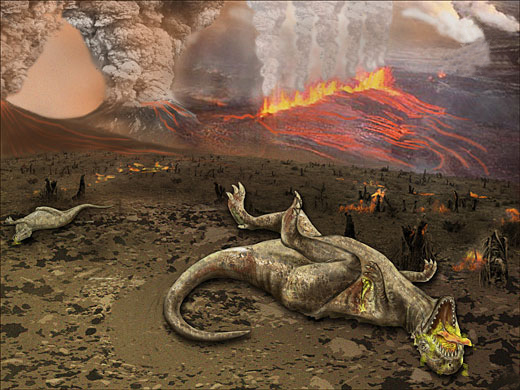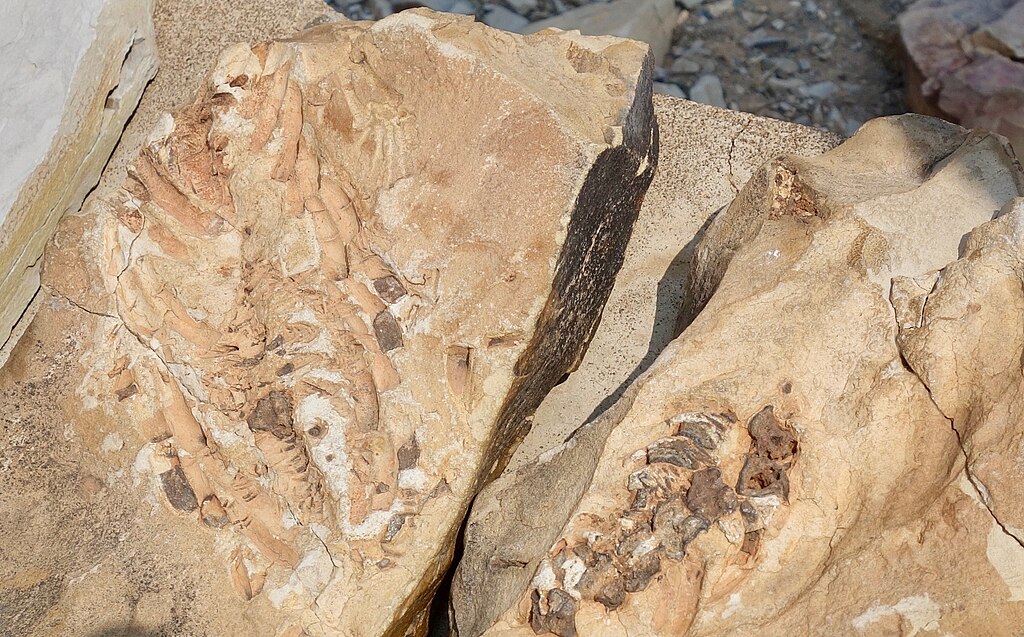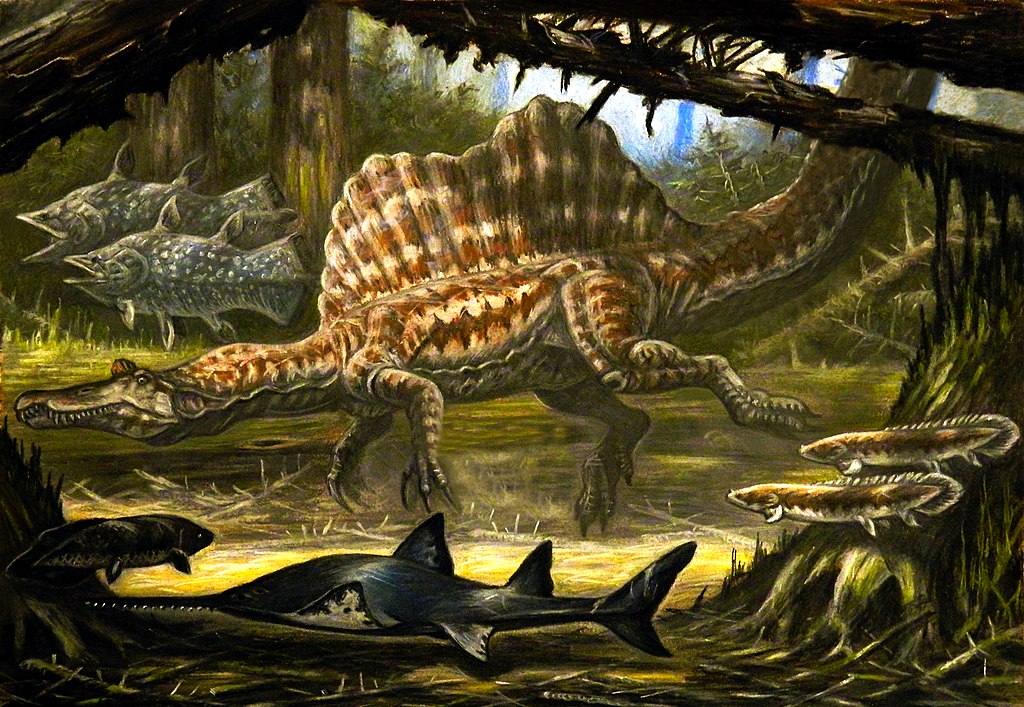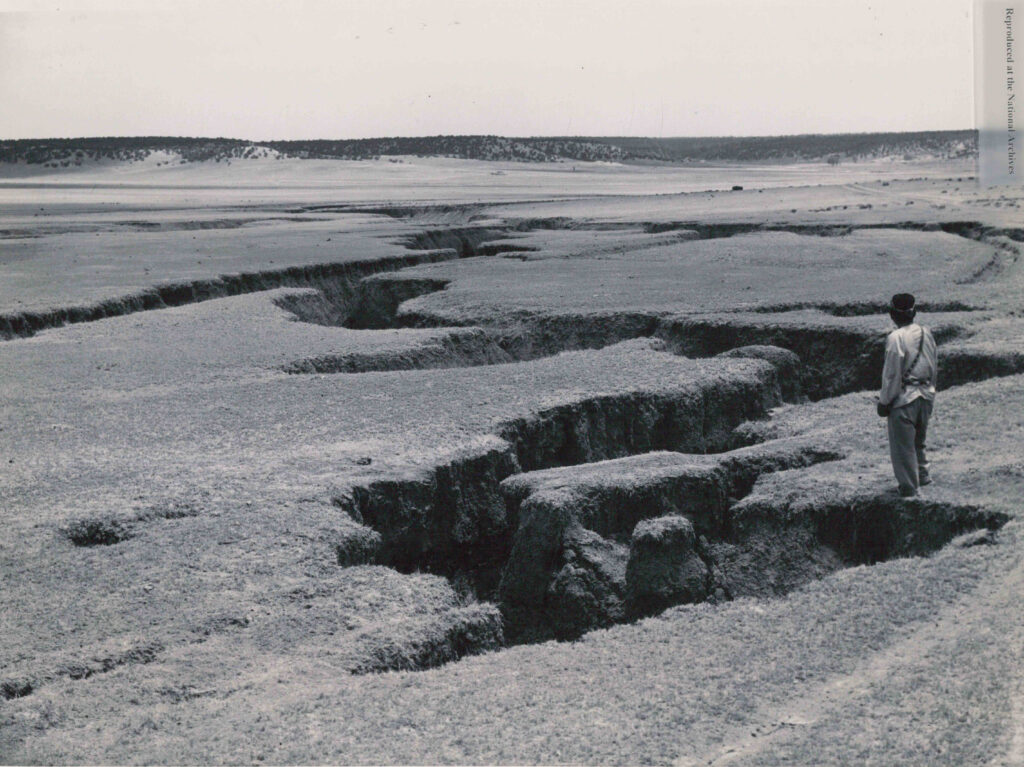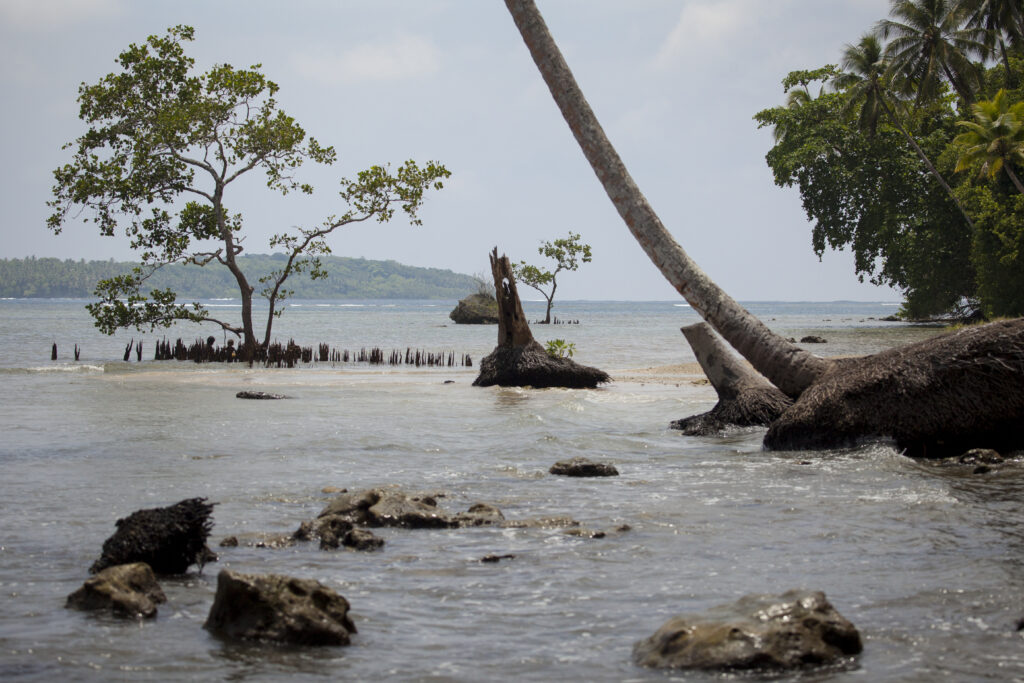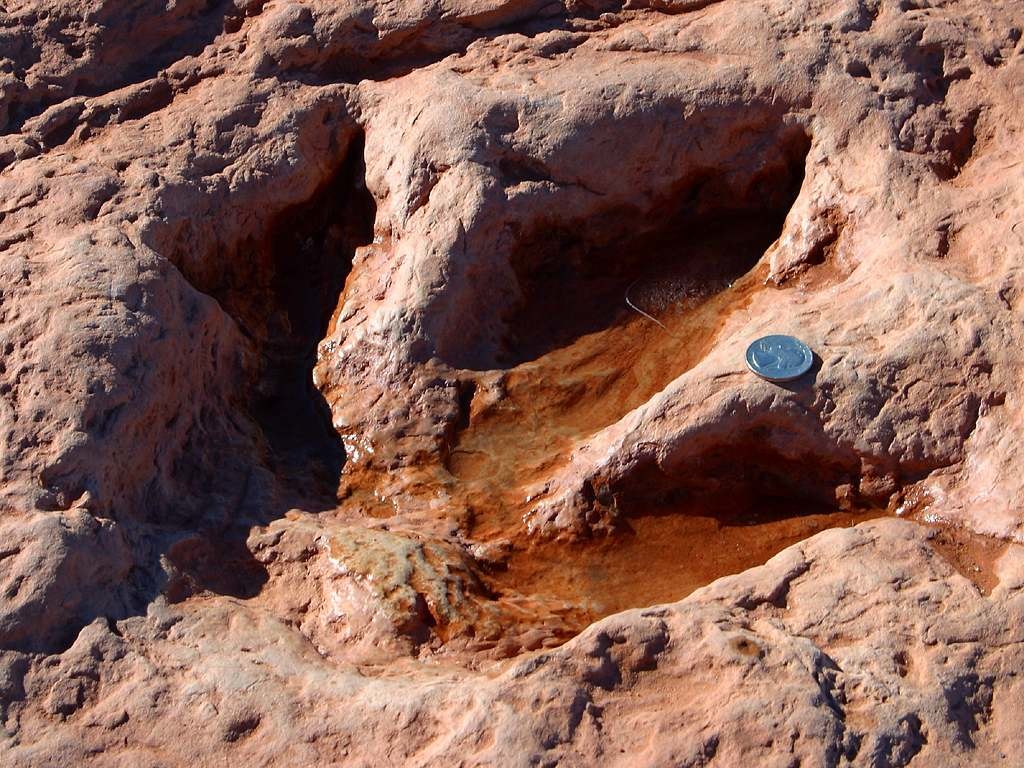The Geological Time Scale vs. Genesis A Clash of Worldviews
Few topics illuminate the tension between science and religious interpretation more vividly than the contrast between the geological time scale and the biblical account in Genesis. This fundamental divergence shapes not only academic discussions but also cultural, educational, and political landscapes across societies. On one side stands the scientific consensus built upon centuries of accumulated ...


